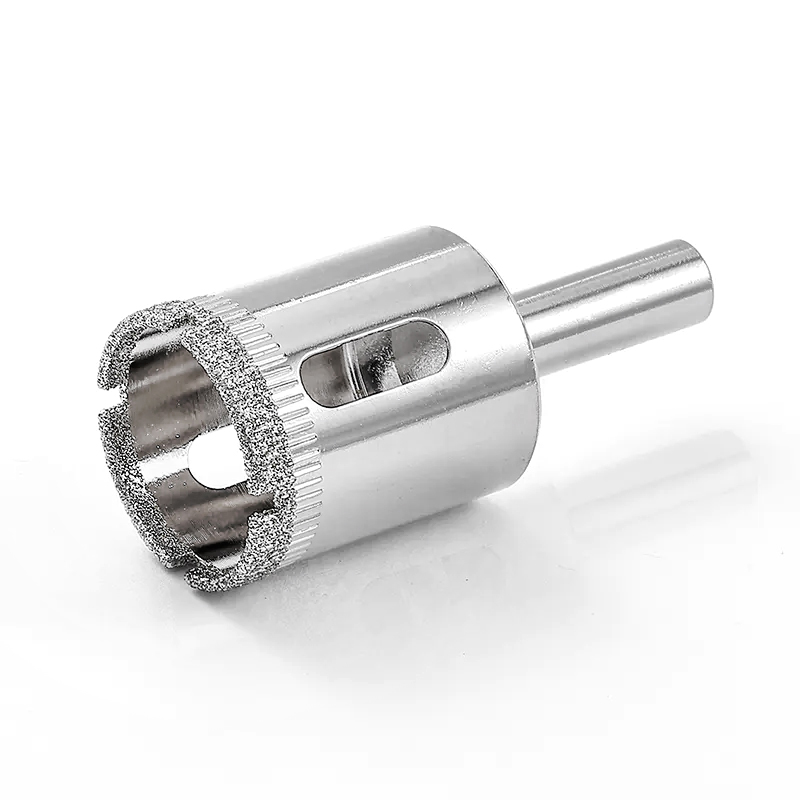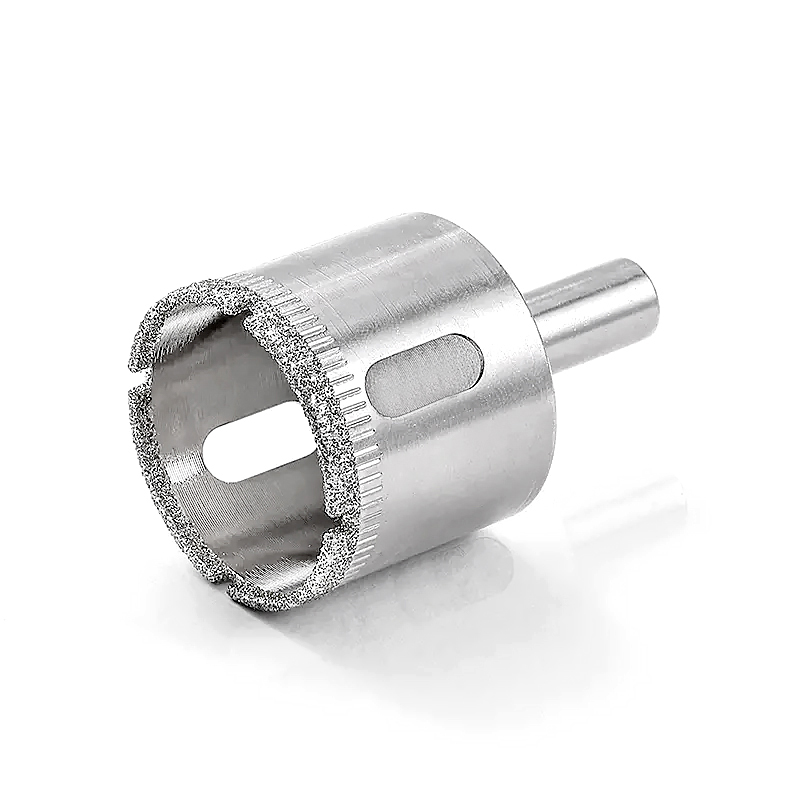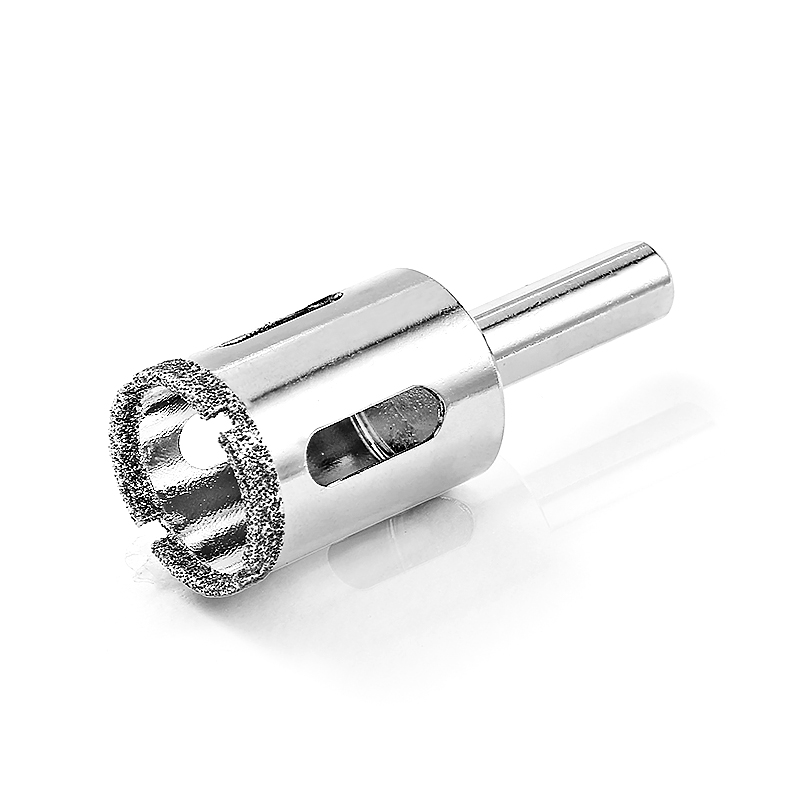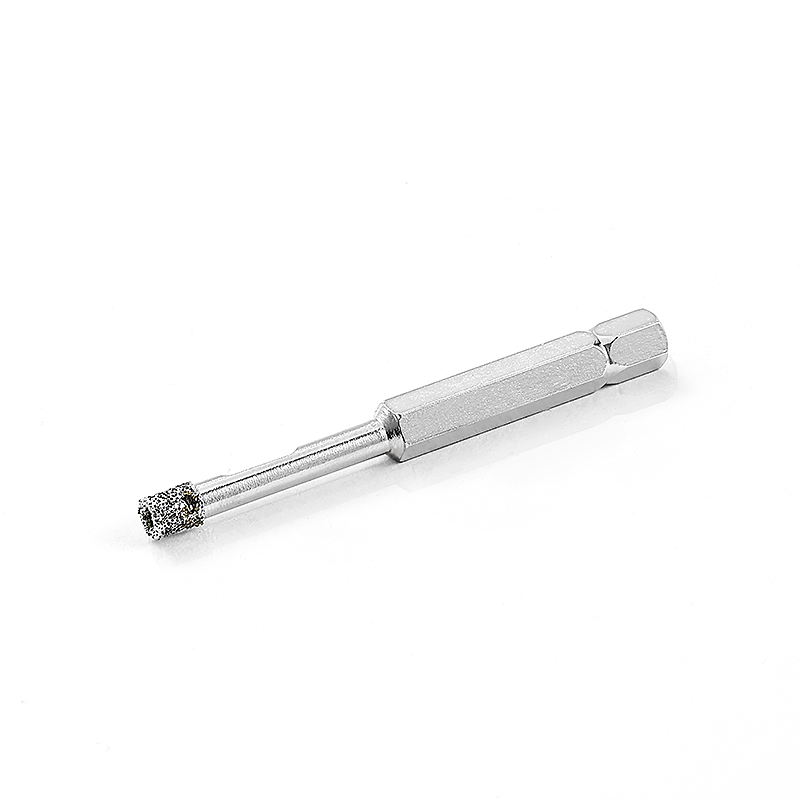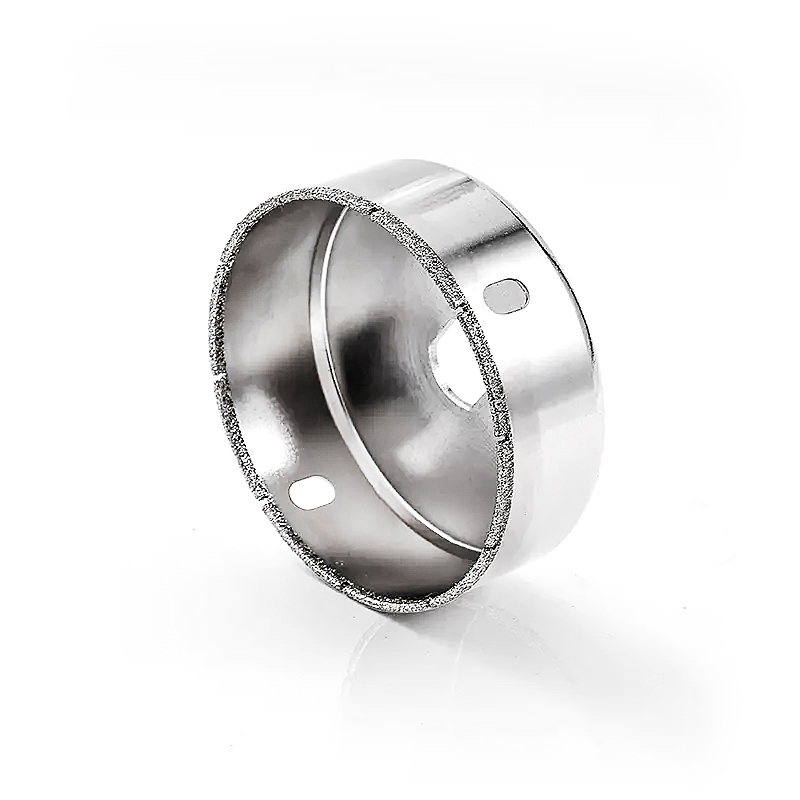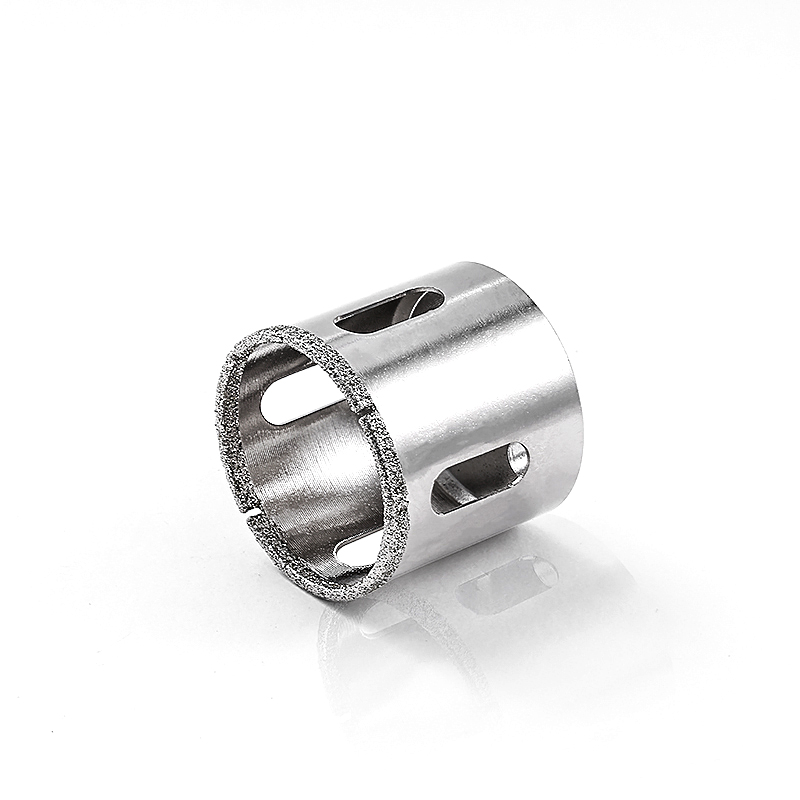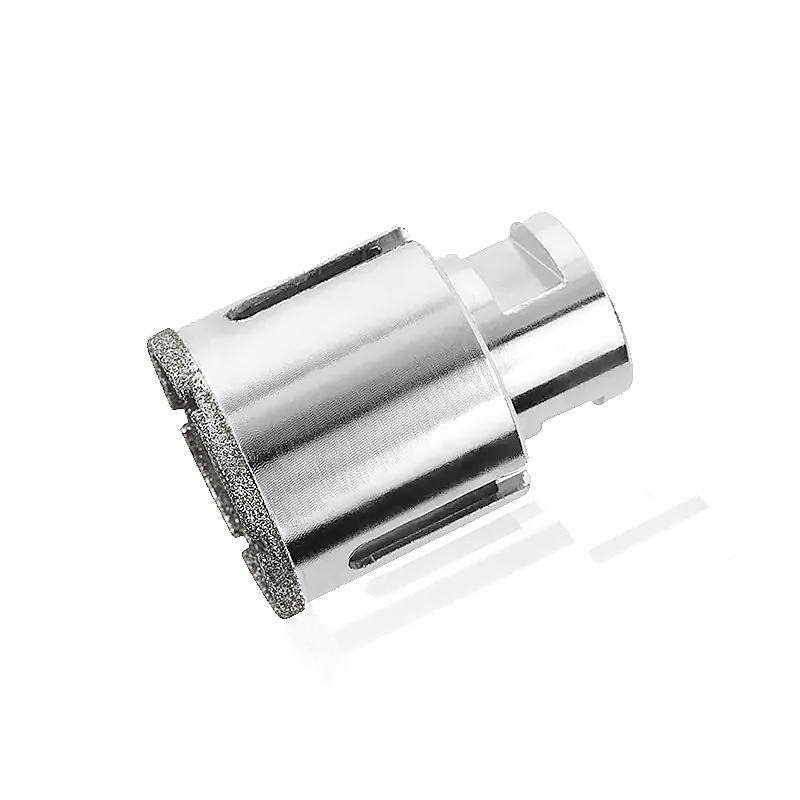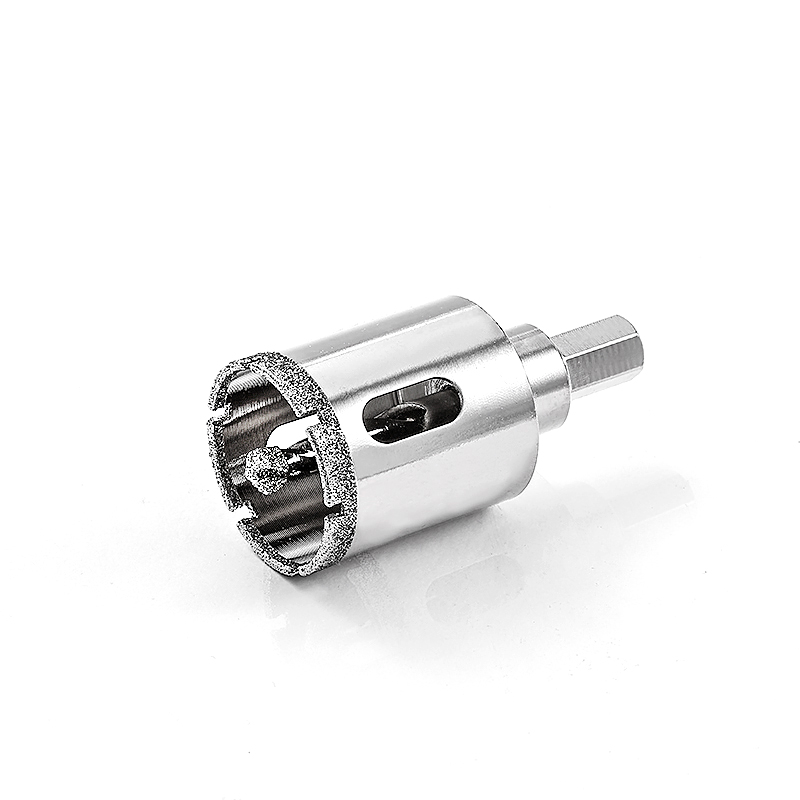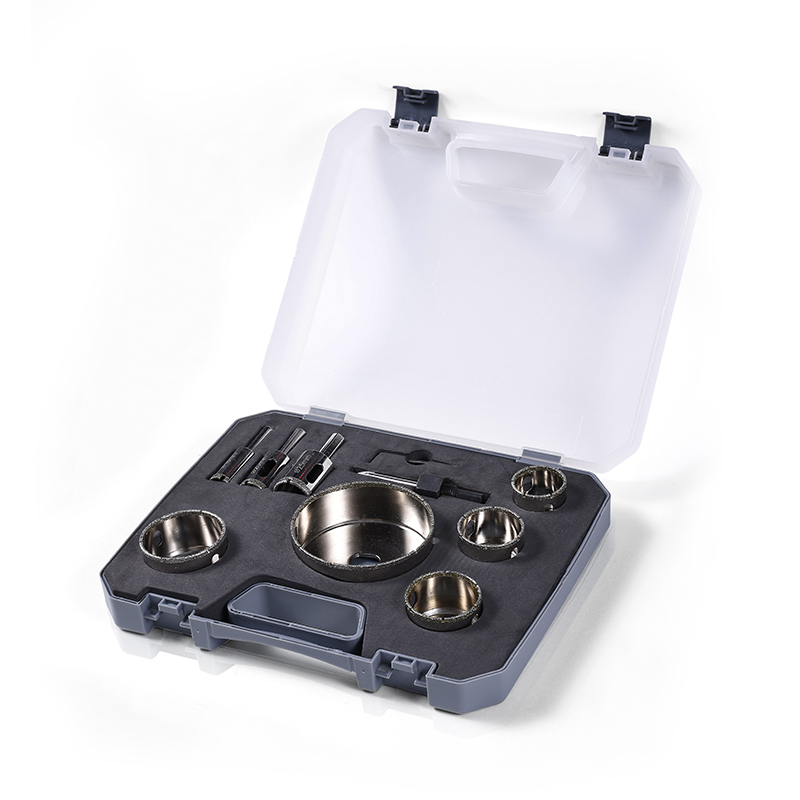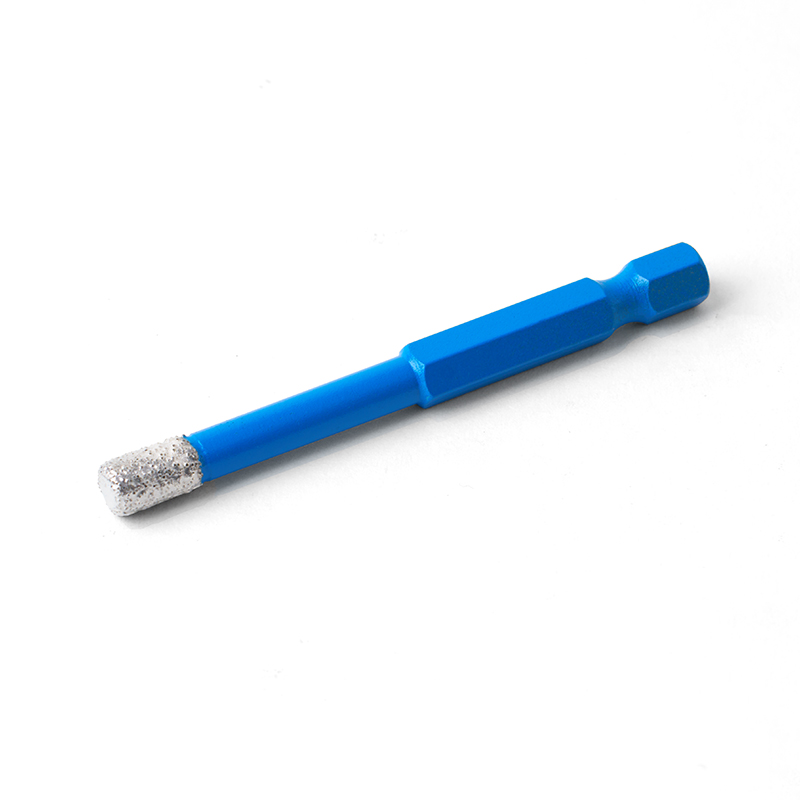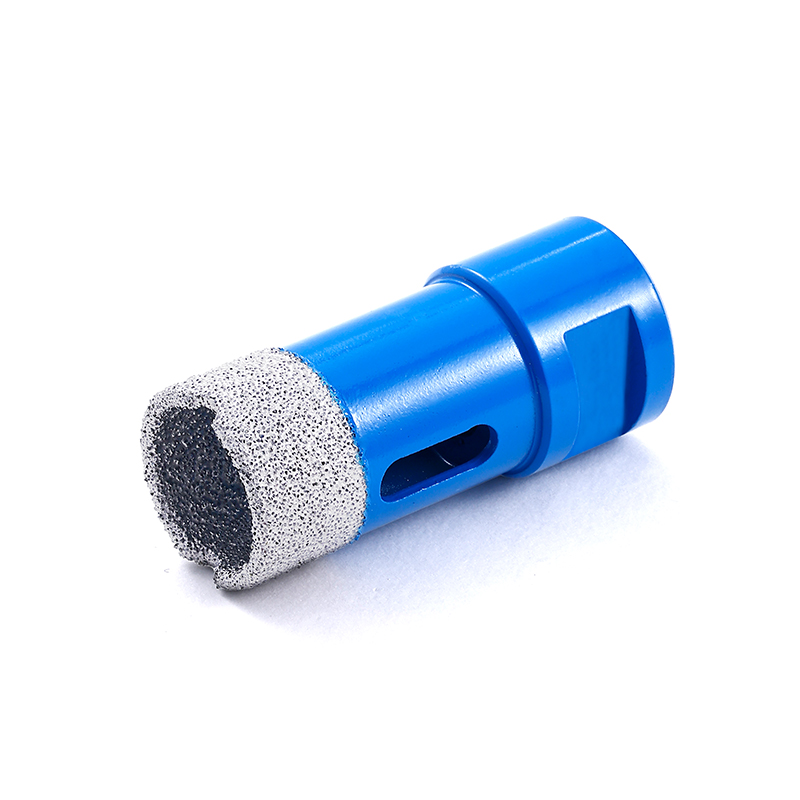Can Angle Grinder Hole Saws Cut Through Tough Materials?
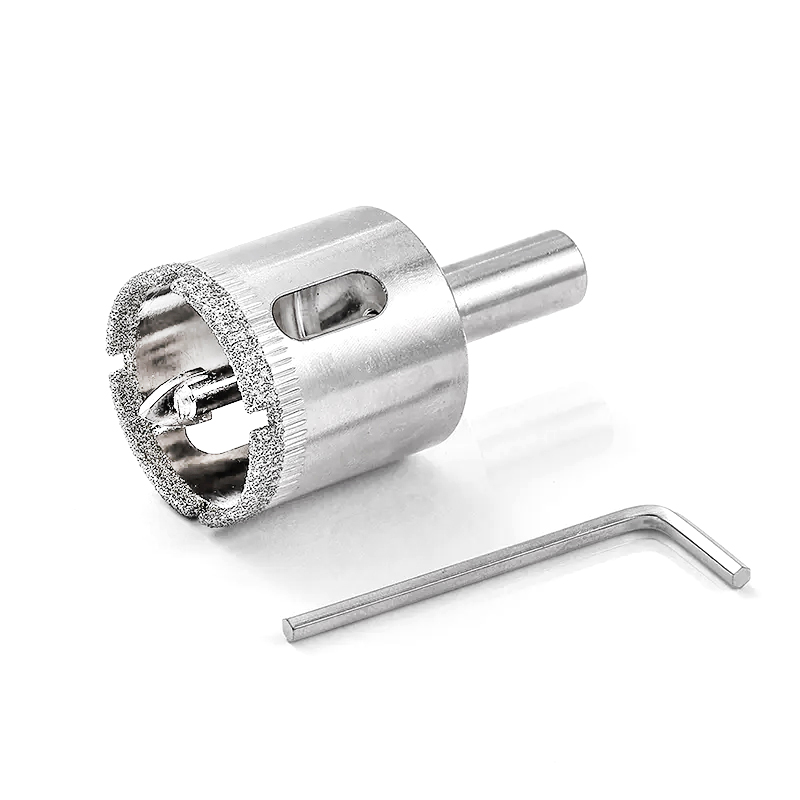
Angle grinder hole saws are versatile tools designed to cut precise holes in a variety of materials, from metal and wood to ceramics and composites. They combine the rotational power of an angle grinder with the circular cutting ability of a hole saw, offering efficiency and flexibility for construction, renovation, and DIY projects.
How Angle Grinder Hole Saws Work
An angle grinder hole saw consists of a circular cutting blade attached to the spindle of an angle grinder. The teeth or abrasive coating on the saw's edge allows it to grind or cut through surfaces as it rotates at high speed. The hole saw's diameter determines the size of the cut, while the tooth design or material coating influences its ability to handle different types of materials. Proper attachment to a compatible angle grinder ensures stability and safety during operation, enabling precise and efficient cuts.
Material Selection for Cutting Tough Surfaces
The ability of an angle grinder hole saw to cut through tough materials largely depends on its construction. High-speed steel (HSS) and carbide-tipped blades are common choices for metal cutting. HSS provides good durability and can handle stainless steel, aluminum, and other metals, while carbide tips offer enhanced hardness to tackle harder surfaces. Diamond-coated hole saws are often used for cutting concrete, stone, or ceramics, as the abrasive coating gradually grinds through extremely hard materials. Selecting the correct type of hole saw for the material ensures efficient cutting and prolongs the tool's lifespan.
Applications in Construction and Fabrication
Angle grinder hole saws are widely used in construction, plumbing, HVAC, and fabrication work. They can create holes for pipes, cables, ventilation ducts, and fasteners. In metalworking, these tools are effective for creating clean openings in steel sheets, aluminum panels, and metal frames. In masonry and ceramic applications, diamond-coated hole saws allow precise cuts without excessive chipping or cracking. This versatility makes angle grinder hole saws a practical tool for both professional tradespeople and DIY enthusiasts tackling tough materials.
Safety and Operational Tips
Cutting tough materials with an angle grinder hole saw requires proper safety precautions. Operators should wear protective eyewear, gloves, and hearing protection due to sparks, debris, and noise. Maintaining a steady feed rate, avoiding excessive pressure, and ensuring the angle grinder is properly aligned help prevent damage to the material or the tool. Cooling techniques, such as intermittent cutting or applying water for masonry work, can reduce heat buildup and extend blade life. Following manufacturer guidelines for speed, material type, and safety ensures efficient and safe operation.
Maintenance and Longevity
Maintaining an angle grinder hole saw is important for consistent performance. Regular inspection for wear, cleaning the teeth or abrasive coating, and proper storage prevent damage and prolong life. Carbide-tipped and diamond-coated hole saws are particularly sensitive to overheating or misuse, so adhering to recommended operating speeds and cutting methods is essential. Proper maintenance also ensures cleaner cuts and reduces the risk of tool failure when working with tough materials.
Angle grinder hole saws can cut through tough materials when the correct blade type, speed, and technique are used. High-speed steel, carbide-tipped, and diamond-coated saws allow cutting through metals, stone, concrete, and ceramics effectively. Understanding the material being cut, following safety practices, and maintaining the tool properly ensures efficient and precise results. Choosing an angle grinder hole saw suitable for the specific application enables professionals and DIY users alike to tackle demanding tasks with confidence.
By combining power, precision, and the appropriate blade type, angle grinder hole saws provide a practical solution for cutting holes in a variety of tough materials, supporting construction, fabrication, and home improvement projects efficiently.
